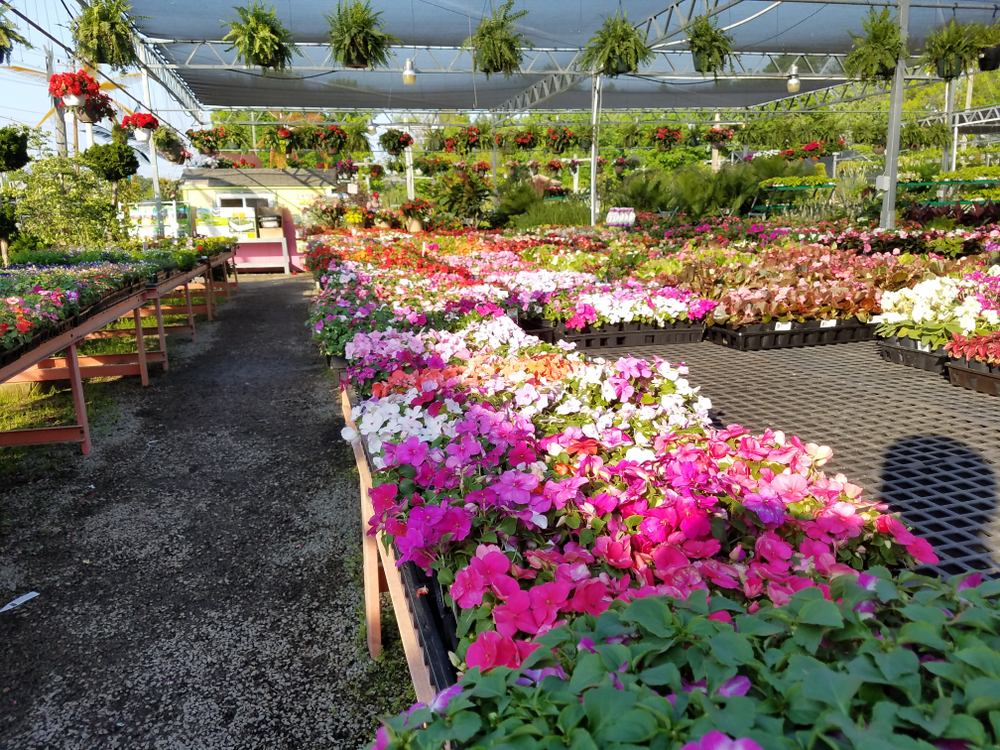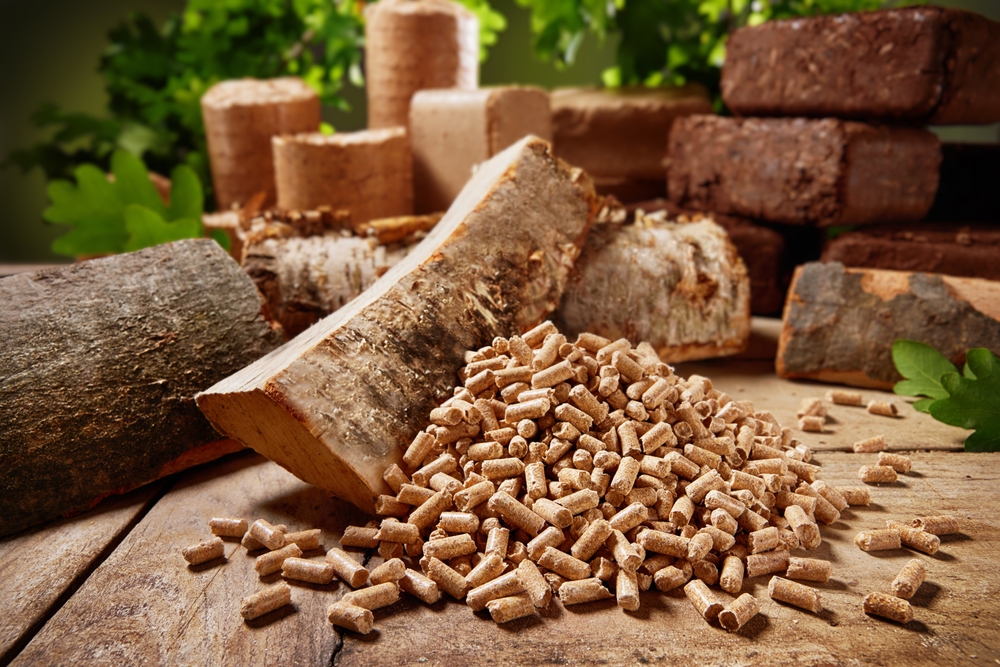Introduction
Cactus compost, a specialized blend of organic materials, is gaining popularity among gardening enthusiasts for its unique properties that cater to the specific needs of cacti and succulents. In this article, we’ll explore the benefits of cactus compost, how to make your own, and essential considerations for using it to ensure the optimal growth and health of your beloved desert plants.
Understanding Cactus Compost
Cactus-Specific Requirements
Cacti and succulents have distinct preferences when it comes to soil composition. Unlike many other plants, they thrive in well-draining soil with low organic matter. Cactus compost is formulated to meet these specific requirements, offering a balance between aeration, drainage, and nutrition that suits the arid conditions these plants naturally inhabit.
Components of Cactus Compost
Cactus compost typically consists of a mix of ingredients that promote excellent drainage and prevent waterlogging. Common components include coarse sand, perlite, and grit. These elements ensure that excess water quickly drains away, preventing root rot, a common issue in cacti when soil retains too much moisture.
Benefits of Cactus Compost
Improved Aeration
One of the primary benefits of using cactus compost is the improved aeration it provides. Cacti roots need access to oxygen, and a well-aerated soil mix allows for efficient gas exchange, preventing root suffocation and promoting overall plant health.
Prevention of Root Rot
Cactus compost’s emphasis on drainage is crucial for preventing root rot, a condition that occurs when the roots are consistently exposed to excessive moisture. The gritty and sandy components in cactus compost create an environment where water moves through the soil quickly, minimizing the risk of waterlogged roots.
Nutrient Balance
While cacti are adapted to low-nutrient environments, they still require some essential nutrients for healthy growth. Cactus compost often includes a balanced mix of organic matter, such as well-rotted manure or compost, providing the necessary nutrients without overloading the soil.
Making Your Own Cactus Compost
Ingredients and Proportions
Creating your own cactus compost allows for customization based on the specific needs of your plants. A basic recipe may include coarse sand, perlite, and well-rotted compost or coconut coir. Experiment with ratios to achieve the desired texture and drainage for your cacti.
Mixing and Storage
Combine the selected ingredients thoroughly, ensuring an even distribution of components. Store the cactus compost in a dry place, as excess moisture can compromise its quality. Regularly check the mixture’s consistency and adjust as needed to maintain the ideal balance of aeration and drainage.
Using Cactus Compost in Your Garden
Repotting Cacti
When repotting cacti, use cactus compost to provide a suitable environment for their roots. Ensure that the plant is lifted gently from its current pot, removing excess soil, and then transfer it into the new cactus compost mix. Water sparingly immediately after repotting to minimize stress on the plant.
Container Gardening
Cactus compost is also an excellent choice for container gardening with cacti and succulents. Select containers with drainage holes to allow excess water to escape easily, and fill them with the cactus compost mixture. This provides an ideal growing medium for potted desert plants, whether indoors or on a patio.
Conclusion
In the realm of gardening, understanding the unique needs of your plants is essential for fostering healthy growth. Cactus compost stands out as a specialized solution for cacti and succulents, offering the right balance of aeration, drainage, and nutrients. By incorporating cactus compost into your gardening routine and perhaps even crafting your own blend, you can create an environment that mimics the arid conditions these fascinating plants thrive in, ensuring they flourish in your care.
This article is provided by https://www.goodgardn.co.uk/blogs/cactus-compost



